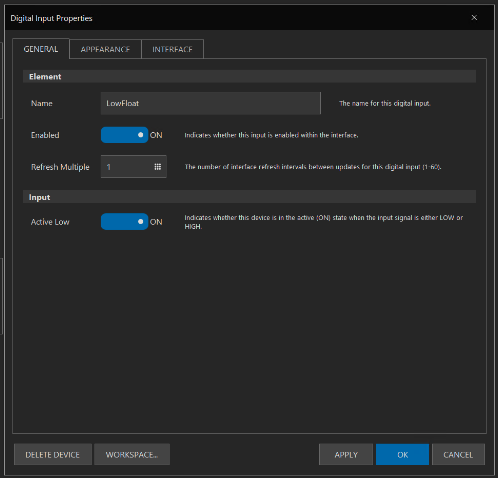I'm in the process of choosing an enclosure for my new BC system. Will either do a 20x20x8, 24x20x8, or a 24x24x8. I've got plenty of room in my brewery and I'm thinking one larger that the typical 16x16x8 would have room for growth and be easier to work in. Would appreciate some feedback here based on everyone's experience.
Also, a couple of questions. Many of the boxes that are priced somewhat "reasonably" have gland plates on the bottom which won't work for attaching the various connectors, but I was thinking that if I will need a large heat sink on the top, I could flip the box around and put the heat sink where the gland plate hole is?? Will I need a heat sink on the top of the box?
I'm looking for a knock-out punch kit to make the holes for the various connectors, but the kits only come with a few sizes and are quite expensive, except for a harbor freight one that has 1/2", 3/4", 1", and 1-1/4". Will probably wait till I have my parts to figure out what size holes I will have to punch. Any suggestions here?
This is a great thread and I appreciate everyone's help!






